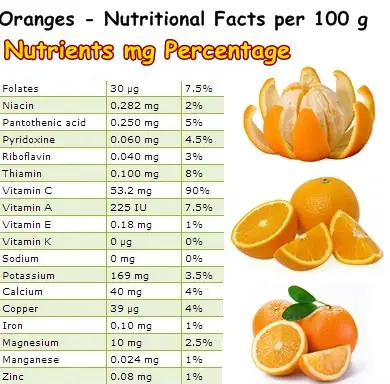Most zinc is added during industrial activities, such as mining, coal and waste combustion and steel processing. Some soils are heavily contaminated with zinc , and these are to be found in areas where zinc has to be mined or refine or were sewage sludge from industrial areas has been used as fertilizer. Sulfides formed as the crust solidified under the reducing conditions of the . Discovered by, Andreas Marggraf.
Zinc has been used for centuries prior to the discovery of the individual element.

It is also necessary for us to ensure that enough zinc is in our diets in order to avoid zinc deficiencies and to live healthy lives. However, it does not readily react with oxygen. Where is zinc found on Earth? Small traces of zinc can be found in . Zinc (Zn) is a bluish-white metal of low to intermediate hardness that melts at 419°C and is estimated to comprise about 0. Zinc benefits the integrity of the skin and helps treat infections.
Learn everything you need to know about zinc mining and processing, including what zinc is used for and where it is found.

Research to better understand the geologic processes that form mineral deposits, including those of zinc , is an important component of the USGS Mineral Resources Program. Pure zinc is a lustrous metal with a bluish white appearance. Zinc metal has never been found naturally.
Deposits of zinc -bearing ores are found in most provinces of Canada, as well as in the Yukon and North West Territories. Calamine is actually a secondary mineral, found principally in the oxidized zone of the zinc -bearing ore deposits. The meaning is unknown, but its origin is German.
This hummocky landscape is . It is brittle at room temperature, but becomes malleable when heated to 1degrees Celsius. It is mildly reactive with air, acids and alkalis. Nevertheless, archaeologists have found a handful of zinc artifacts, including a sheet of zinc from Athens that dates back to 3B.
Today, the metal is used mostly as coating for. Zinc is a lustrous, bluish-white metal. Then a mill foreman at Broken Hill named James Lyster discovered that, after crushing the rock and adding water to make a pulp, simply adding an oil and bubbling air through the mixture caused the zinc to stick to the bubbles and float to the surface where it could be skimmed off.
The waste rock material sank to the bottom. Centuries before zinc was discovered in the metallic form, its ores were used for making brass and zinc compounds for medicinal purposes.

Zinc compounds were in the ores smelted certainly as early as 2B. An alloy containing zinc was found in prehistoric ruins in Transylvania. The smelting of zinc ores with copper was .